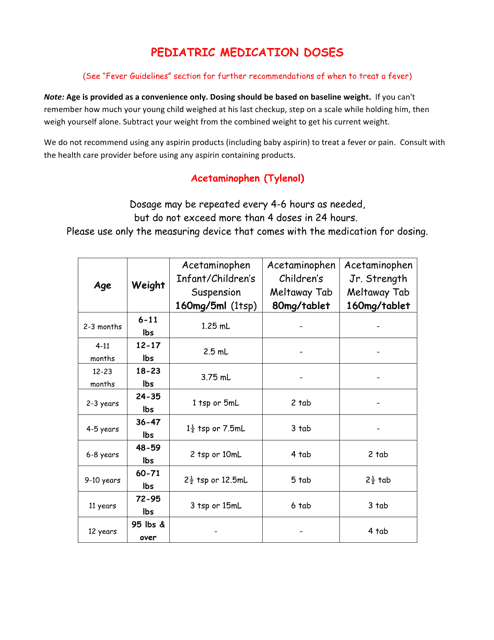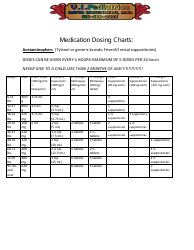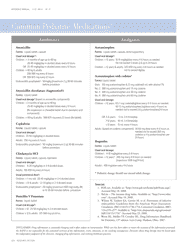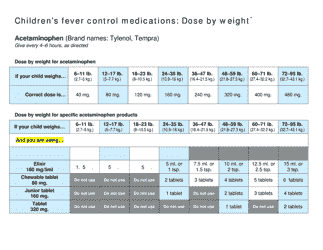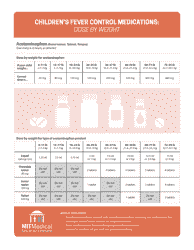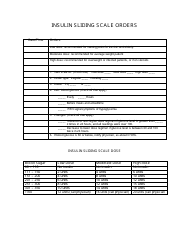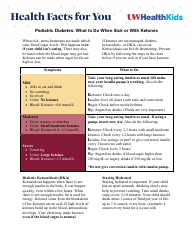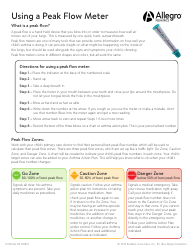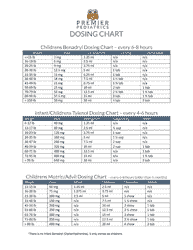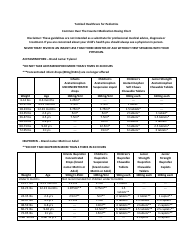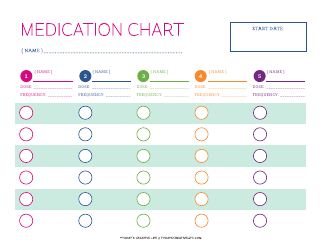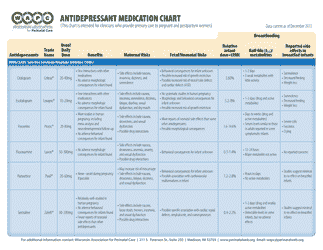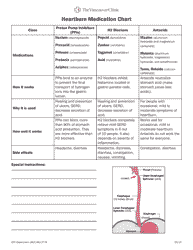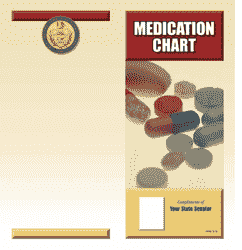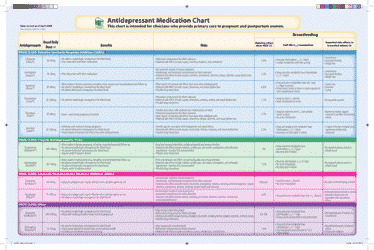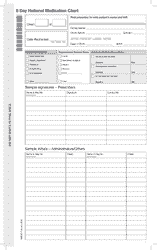Pediatric Medication Doses Chart
A Pediatric Medication Doses Chart is a resource that provides information about the appropriate doses of medications for children based on their age and weight. It helps healthcare professionals and caregivers ensure accurate medication administration for children.
Pediatric medication doses charts are typically filed by healthcare providers, such as doctors or nurses, who are responsible for prescribing and administering medication to children.
FAQ
Q: What is a pediatric medication doses chart?
A: A pediatric medication doses chart is a reference guide that provides dosing information for different medications used in children.
Q: Why is a pediatric medication doses chart important?
A: A pediatric medication doses chart is important because children require different medication doses compared to adults due to their body size and metabolism.
Q: What information can be found in a pediatric medication doses chart?
A: A pediatric medication doses chart typically includes the names of common medications, their recommended dosages based on the child's weight or age, and any special instructions for administration.
Q: How can a pediatric medication doses chart be used?
A: A pediatric medication doses chart can be used by healthcare professionals, such as doctors or pharmacists, to determine the appropriate dosage of a medication for a child. Parents can also use it as a reference guide when administering medication to their children.
Q: Are pediatric medication doses the same as adult doses?
A: No, pediatric medication doses are usually different from adult doses. Children's bodies metabolize medications differently, so the dosages need to be adjusted accordingly.
